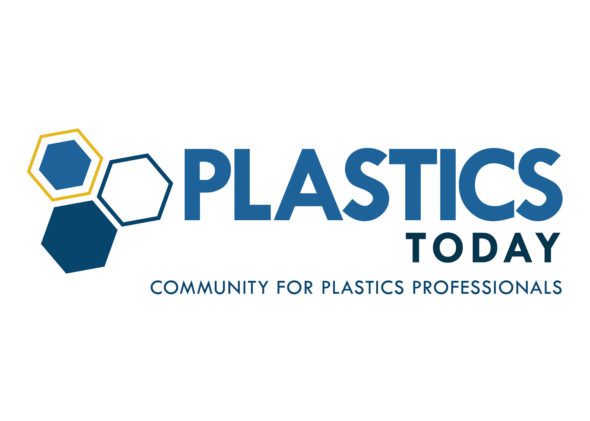Read article on plasticstoday.com
Written by Blair Koorsen
Employers are confronting hard choices on employment issues, including possible employee furloughs and layoffs. While making these difficult decisions, executives should consider the full range of options and available resources.
The global pandemic and its economic consequences have required many organizations to face difficult moral and financial decisions. Employers are confronting hard choices on employment issues, including possible employee furloughs and layoffs. While making these difficult decisions, executives should consider the full range of options and available resources.
Understanding the differences
When making difficult employment decisions, it’s important to understand the difference in employment reduction options. A furlough is when an employee remains on your payroll but takes a mandatory unpaid leave. A layoff is when an employee is removed from your payroll but is eligible for rehire.
In addition to the common strategies above, there are alternative employment options that can help your employees retain at least a portion of their pay. The first strategy is to reduce hours worked with a subsequent reduction in pay. Another option is a reduction in compensation with the opportunity to have the money repaid once your operation stabilizes. When considering reductions in force, employers need to take the proper steps to avoid possible legal issues.
Additional things to note and key considerations:
Anti-Discrimination/Equal Employment Opportunity laws and obligations.
The Worker Adjustment and Retraining Notification (WARN) Act, which may be applicable if employers decide to close facilities, extend furloughs, or convert temporary layoffs into permanent ones).
Collective bargaining agreements.
Health insurance coverage continuation: Make sure to honor your carrier’s specific rules. Generally, employers must continue to pay the insurance premium for 30 days after a change in an employee’s employment status. Many carriers are waiving the minimum hours’ worked requirement to keep employees on plans. If your former employees’ coverage is eliminated, provide them with alternative options for coverage. These options include coverage through COBRA, the individual market, short-term policies, or potentially through a spouse/parent plan.
Severance plans: Generally, severance plans are very individualized. During this period, to ensure no action is viewed as discriminatory, we advise giving the same severance plans or no plans across the board. Consult with your attorney for best practices on issuing severance plans.
Employment agreements: Consult your legal counsel when making employment reductions if you have employment agreements in place with employees.
Employment practices liability insurance: If you carry employment practices liability insurance, you should review the terms of your policy to understand what coverage you have available. Additionally, if your policy is approaching a renewal date and you are considering employment actions, be sure to accurately answer any questions on your renewal application to avoid potential denial of coverage. Your carrier may provide resources that you can consult prior to taking any employment actions.
Retirement plans: When making employment changes, include retirement plans in your checklist. Contact your retirement plan administrator for guidance.
Other federal, state, and local laws: Although we are experiencing an unprecedented time, all regular employment laws are still valid. Your employee benefits advisor can help with these compliance questions and concerns.
Available Resources
The Coronavirus Aid, Relief, and Economic Security (CARES) Act: Eligibility includes all businesses with fewer than 500 employees, plus certain businesses in the hospitality and food services industries with fewer than 500 employees per location. Businesses are eligible for a loan up to 2.5 times the average monthly payroll costs for 2019 or $10 million, whichever is less. Amounts spent on payroll, rent, mortgage interest, and utilities over the eight weeks after receiving the loan will be forgiven (though non-payroll costs are capped at 25% of the forgiveness amount). Loan terms will be the same for all qualifying businesses.
The Families First Coronavirus Response Act (FFCRA): Requires employers with fewer than 500 employees to offer paid leave to employees who become sick with COVID-19 symptoms, who need to care for someone sick with COVID-19, or who need to care for a child whose school or childcare provider is closed. The cost of providing paid leave will be fully reimbursed through payroll tax credits or refunds.
Importance of an employee benefits advisor
As this situation evolves, your employee benefits advisor can be an invaluable resource for you and your business. Your advisor can provide compliance support, answer benefits questions, and provide insight on what similarly situated businesses are doing to manage the situation. Additionally, as workplaces begin to reopen, your employee benefits advisor can help develop a rehiring/return to work program.
